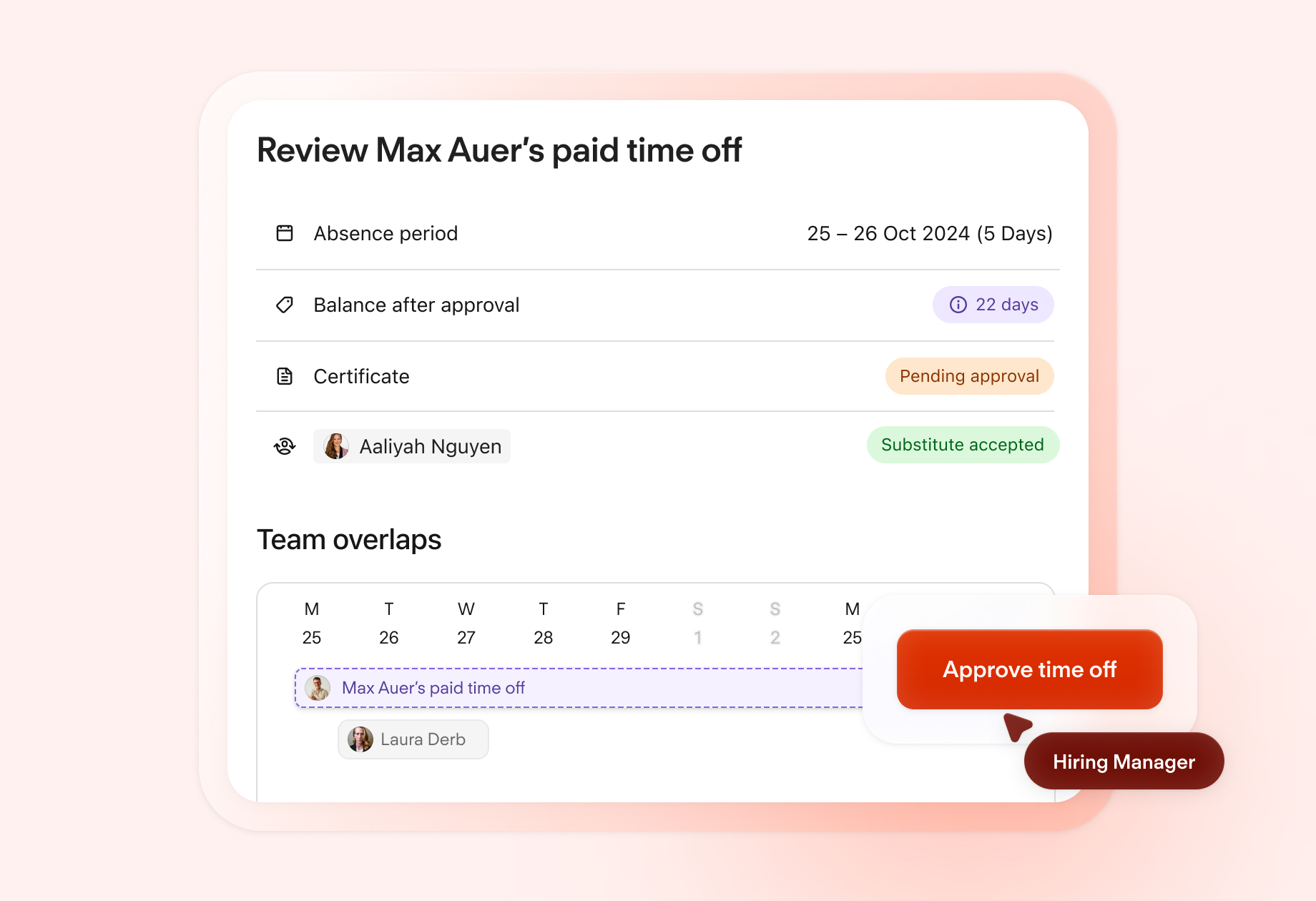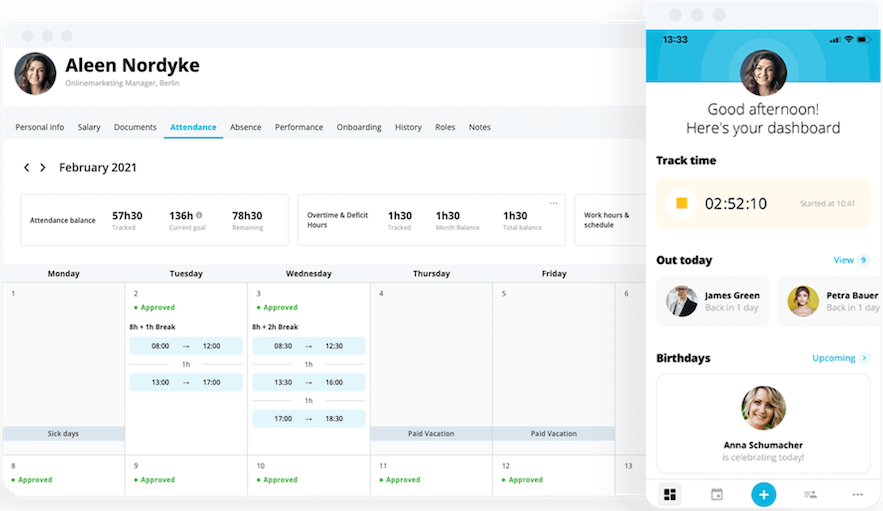10 Change Management Models for Successful Organisational Change

Organisational change management is an ever-evolving field of study, and utilising change management models can help teams add structure to a complex process.
Even though organisations evolve and make changes all the time, only 34% of change initiatives succeed. That makes one thing clear: teams need proven strategies to ensure their changes stick.
In this guide, we’ll walk you through the basics of change management models and offer ten of the most used frameworks to create lasting change.
Want to dive deeper? Download our free Change Management Guide right now.
Key Facts
Change management models help organisations effectively create, implement and manage change.
Many change models have been developed over the years to meet the needs of organisations.
A successful and sustainable change management strategy may involve using different models depending on the situation or even combining multiple models.
Change Management Models: Defined
Change management is a collective term, meaning that it makes up many approaches, tactics and ways of helping organisations manage change. In order to better understand it, though, and to make it real, businesses need change management models (as part of a change management framework) to action change management properly.
Change Management Models: The Importance for HR
Change management models are especially important for HR professionals, as HR teams are often leading the charge in implementing new organisational changes. For example, HR may be responsible for:
Working to remove resistance to change
Redefining roles and responsibilities for employees
Managing the phases of the change
Providing support and necessary training for employees
Change management models can support HR teams in their efforts to not only implement change across an organisation, but to support employees while doing so and to ensure the change sticks long-term.
10 Best Change Management Models
There are many change management models organisations can use to action change management. Below, we’ve compiled information on ten of the top models to consider:
1. Lewin’s Change Management Model
Lewin's Change Management Model, developed by Kurt Lewin in the 1950s, is a three-step process for managing change in organisations. It consists of Unfreezing, Changing and Refreezing.
Unfreeze– The preparation stage. Employers analyse how the current state works, uncover what needs to be changed and make the case to employees for why change is necessary. Overcoming any resistance to change is key.
Change – The implementation stage. Involves putting the desired changes into place, such as introducing new procedures or technologies, and continuing to communicate with employees.
Refreeze– The moving forward stage. Involves solidifying the changes, ensuring they are accepted and become the new norm. This includes assessing the effectiveness of the changes, reinforcing the desired behaviour and providing support and recognition.
2. The ADKAR Change Management Model
The ADKAR model – which stands for Awareness, Desire, Knowledge, Ability and Reinforcement – is a change management model developed by Jeff Hiatt (founder of Prosci) to provide a framework for individuals to move from their current state to their desired future state.
Awareness– Identify the need for change and gain support from key stakeholders.
Desire – Create a desire for change among individuals by communicating the benefits of the change.
Knowledge – Equip individuals with the knowledge and skills necessary to effectively implement the change.
Ability – Provide individuals with the support and resources necessary to successfully execute the change.
Reinforcement – Continue working with stakeholders to sustain and reinforce the change over time.
Making Change More Successful

Our change management guide offers a look into the processes that help make change in your organisation more successful and sustainable.
Download Our Guide3. McKinsey 7-S Change Model
The McKinsey 7-S Model is one of the longest-lasting change models still being widely used today. It is comprised of seven categories that organisations need to be aligned on in order to successfully implement change:
Strategy – Crafting a detailed plan of action to guide change management.
Structure – Defining the organisational structure or hierarchy.
Systems – Establishing the systems that will be used to complete tasks.
Shared values – Identifying core values that provide the foundation of the organisation.
Style – The approach used in implementing changes.
Staff – Assessing the working capabilities of all personnel.
Skills – Evaluating the competencies, skills and experiences of employees.
4. Kotter’s 8-Step Theory
Kotter’s 8-step theory is a change management model created by John Kotter, a Harvard Business School professor. It places a particular focus on the people involved in the change management process and their response to the change. The eight steps are:
Step 1: Establish a Sense of Urgency – Create a sense of urgency by explaining the need for change and how it will benefit the organisation.
Step 2: Form a Powerful Coalition – Assemble a group of influential people with different skills and roles to help drive the change.
Step 3: Create a Vision – Develop a vision and strategy for the change effort.
Step 4: Communicate the Vision – Communicate the vision to everyone in the organisation, ensuring everyone knows their role.
Step 5: Remove Obstacles – Identify any roadblocks that may hinder the change effort or cause friction.
Step 6: Create Short-Term Goals – Establish small, achievable goals to break the change management action plan into steps.
Step 7: Don’t Let Up – Momentum is key, so continue to push forward in the change process even as successes or roadblocks occur.
Step 8: Make Change Stick– Reinforce changes by making them part of the organisational culture.
5. Nudge Theory
Nudge Theory is a concept used in change management that involves utilising small, subtle changes to influence people’s behaviour, in order to encourage the desired outcome. Rather than having predefined steps like most of the other models, it focuses more on finding ways to ”nudge” employees toward the change you want to make without issuing top-down change directives from leadership.
To effectively implement change using nudge theory, consider it from the employee's perspective, communicate the benefits it provides and treat it as a suggestion rather than an order. As the process proceeds, pay attention to feedback.
6. Kübler-Ross Change Curve
The Kübler-Ross Change Curve was developed by psychiatrist Elisabeth Kübler-Ross in 1969 and is familiar to many as the model used to describe the stages of grief. However, it can also be applied to other types of change and the way people experience it. Understanding the stages of the curve can help you better respond to employees’ reactions to a change.
Denial – At this stage, the person refuses to accept the change and tries to deny that it has happened.
Anger – This is when the person starts to realise the reality of the situation and expresses their anger and frustration.
Bargaining – During this stage, the person attempts to negotiate, perhaps pushing for a compromise.
Depression – If the person begins to accept the change and feels hopeless about it, they may experience a sense of sadness and loss.
Acceptance – The person comes to terms with the change and begins to move forward.
Design your change approach to anticipate and manage all of the above employee emotions, preventing the most negative reactions.
7. Maurer 3 Levels of Resistance and Change Model
Developed by Rick Maurer, the three levels of resistance and change model outlines the levels of pushback you may experience from employees during the change management process and how to respond to them.
Level 1: I don’t get it – May come from a lack of information, disagreement with the data or confusion over what it all means.
Level 2: I don’t like it – The emotional reaction to a change. Employees may be in “fight or flight” mode and fear that the change may cause them to lose status or control.
Level 3: I don’t like you – At this level of resistance, employees may even like the change, but they don’t like or trust the messenger or organisation.
8. Forming-Storming-Norming-Performing
This team life cycle model was created by psychologist Bruce Tuchman in 1965. Essentially, the team life cycle works in the following way:
Forming – Individual members begin to come together, but continue to perform work alone.
Storming – Conflicts occur, but members begin to recognise themselves as a team.
Norming – Rules are set to manage conflicts and relationships build.
Performing – A true team forms as communications sets in across every individual.
9. Maslow’s Needs Pyramid
Maslow’s hierarchy of needs model comprises five classical levels that motivate humans:
Physiological needs
Safety needs
Social needs
Individual needs
Self-actualisation
These are each expandable and should always be seen within context (culture, socialisation, etc.). They are relevant for change projects because safety, for example, is a central aspect that you need to consider when dealing with employees.
10. Four Sides of Communication
The four sides of communication model, developed by Friedemann Schulz von Thun, is comprised of four sides:
Fact
Self-revealing
Relationship
Appeal
Effectively, it is the recognition that every message has these four sides. So, when it comes to change processes, the messages you use to communicate with employees matter because they can be broken down into these four facets.
As such, each ‘side’ carries out the same message in different ways.
The fact side is exactly that: a statement of fact. Whether a data point or a self-evident truth, the fact side is a statement that most people recognise or simply understand to be true.
The self-revealing side is, whether the messenger is a person or an organisation, a ‘reveal’ of personal information that reveals motives, values, emotions, or anything like that. Think of it as the processing or logic stage.
The relationship side is then the side that establishes a connection with the person receiving the message. It is an admission of what the sender of the messenger thinks of that person.
Finally, the appeal side is the ‘ask.’ It is what the sender wants to get out of the receiver, and can be an instruction, a demand, advice, insight or anything like that.
How to Apply the Models to Manage Change in Organisations
Every change management model is different, and you may need to change the model you use depending on the situation. In some cases, it may make sense to combine two or more models.
For example, perhaps you use the Unfreeze, Change and Refreeze stages of Lewin’s change model. Throughout those stages, you could utilise insight from the Maurer three levels of resistance to understand and address employee pushback.
Successful Change Management Models to Spark Lasting Change
Hopefully, these change management examples helped you learn a bit more about how you can make change easier within your organisation. Overall, it truly helps to have a change management framework in place, so that you have a clear sense of how to tackle change in your company.
As you advise your management team through the process, please feel free to refer to these change management models. In doing so, you’ll be emphasising a scientifically-backed approach to change.
After all, poor communication, especially with crucial stakeholders, and a lack of analytics and reporting are the most common points of criticism cited by employees when discussing change implementation.
If you can act with tact and finesse, you have already taken important steps to create lasting change.
Frequently Asked Questions About Change Management Models
What Are Change Management Models?
Change management models are frameworks organisations and HR teams use to usher in organisational change and manage factors like employee response, altering processes, collecting feedback and ensuring changes are long-lasting.
Why Should HR Use Change Management Models?
HR personnel should use change management models as HR is often the team leading the charge in implementing new organisational changes. They can use change management models to help remove employee resistance to change, redefine roles, manage the phases of the process and provide the necessary support and training.
Which Are the Best Change Management Models?
There are many change management models out there, but some of the most popular include the Lewin’s Change Management Model, the ADKAR Model, the McKinsey 7-S Change Model and Kotter’s 8-Step Theory.


